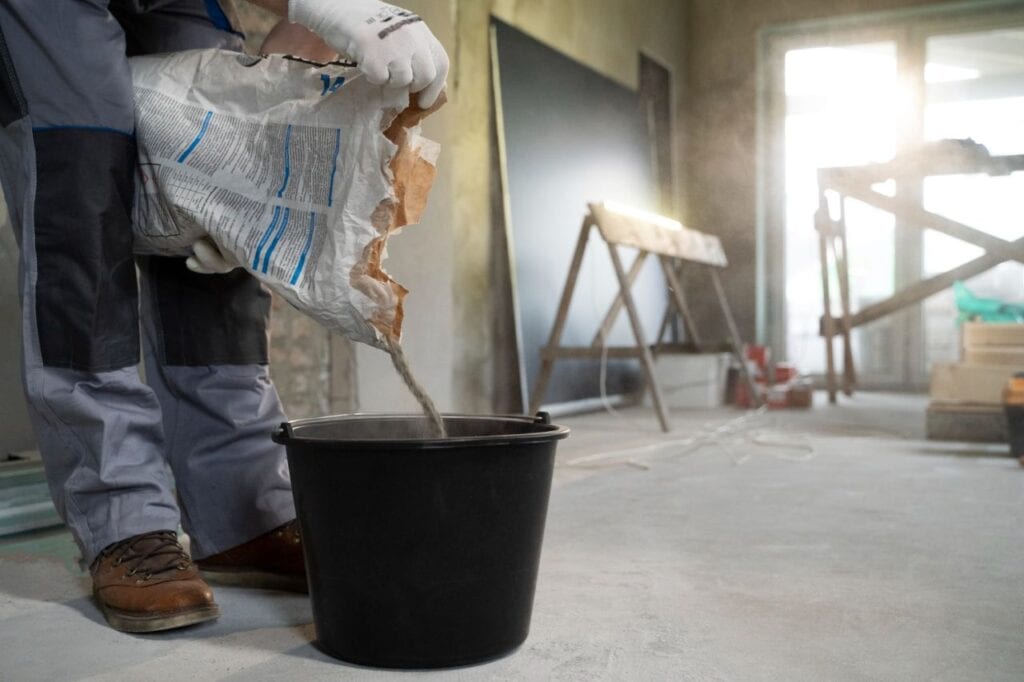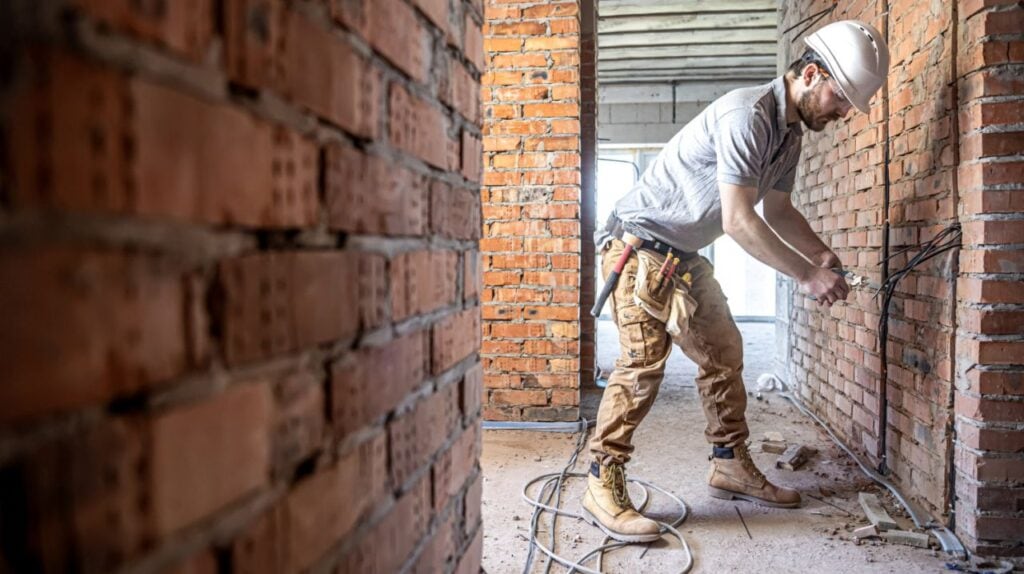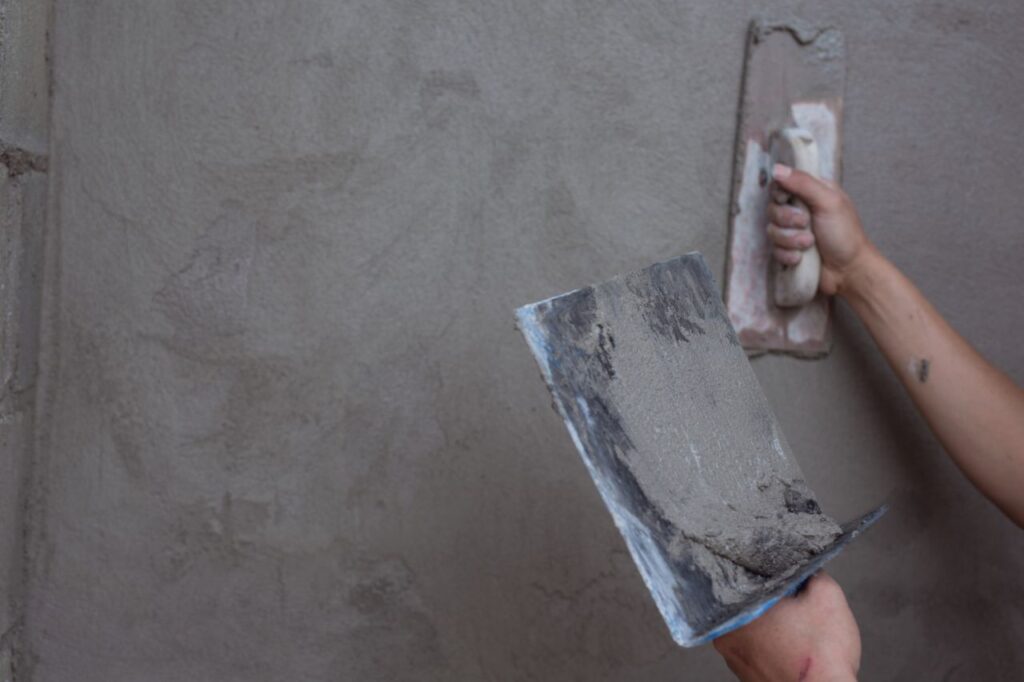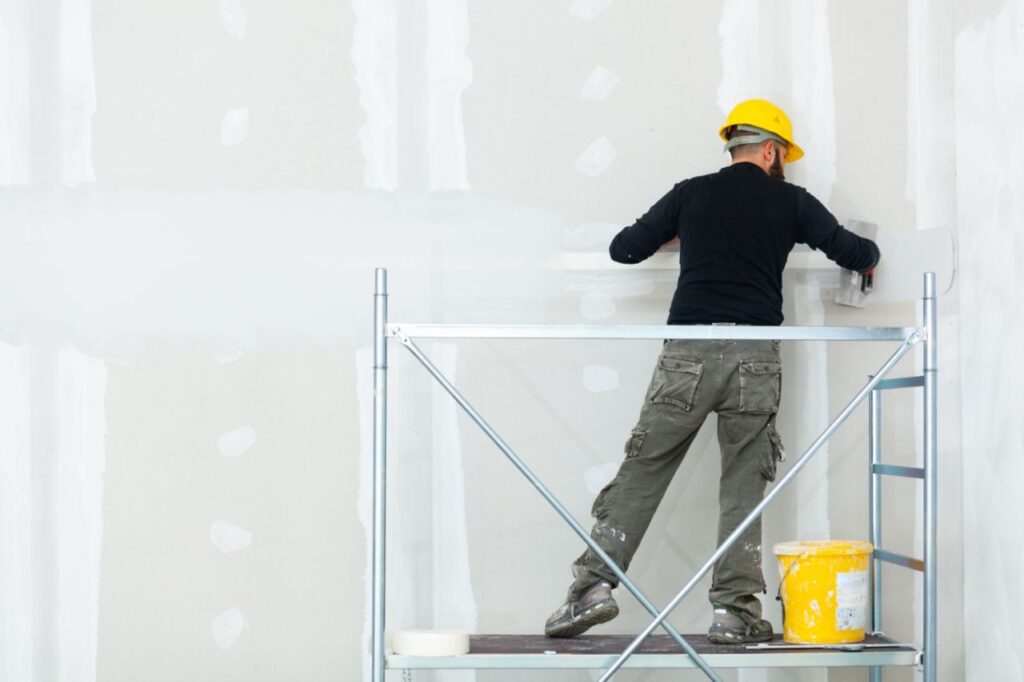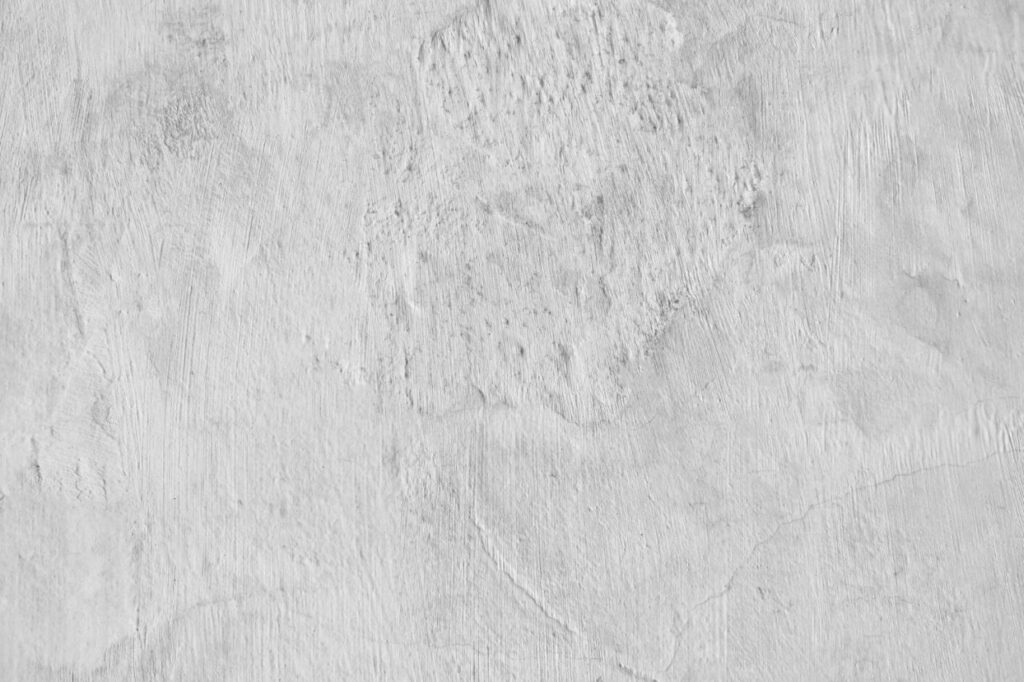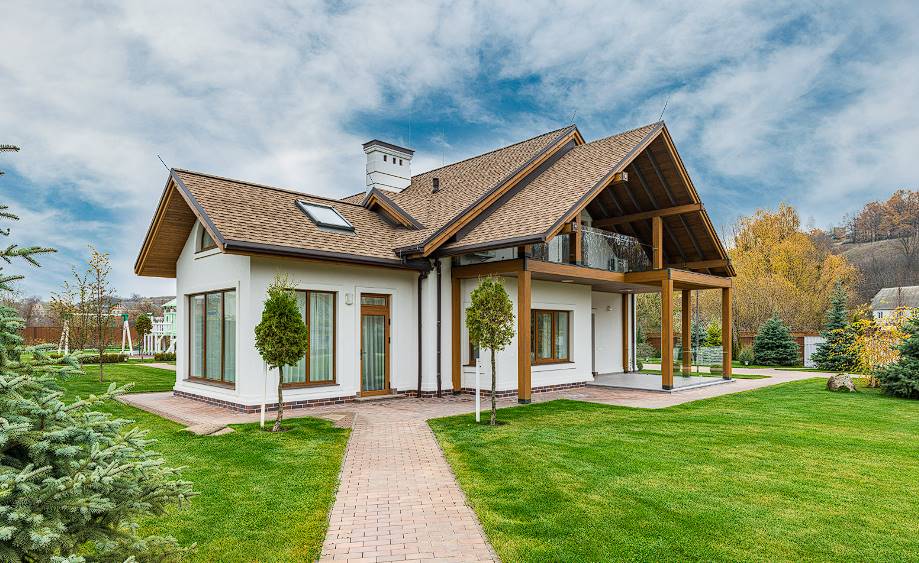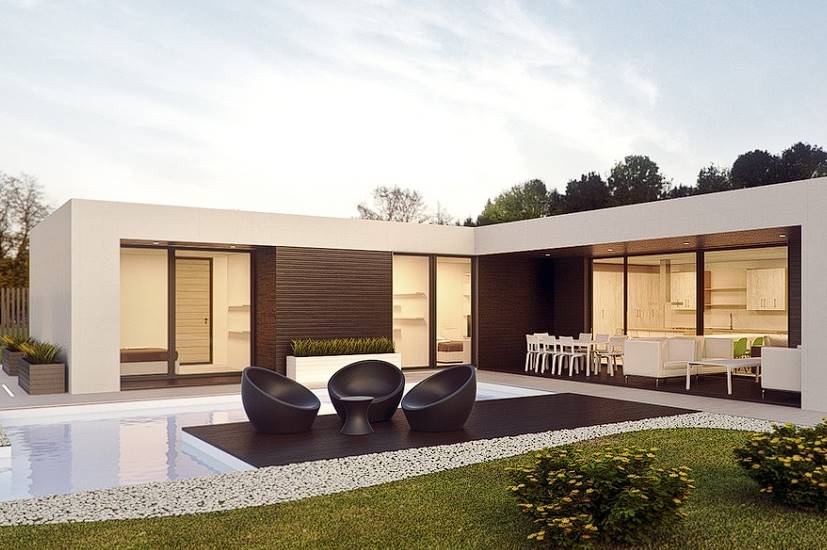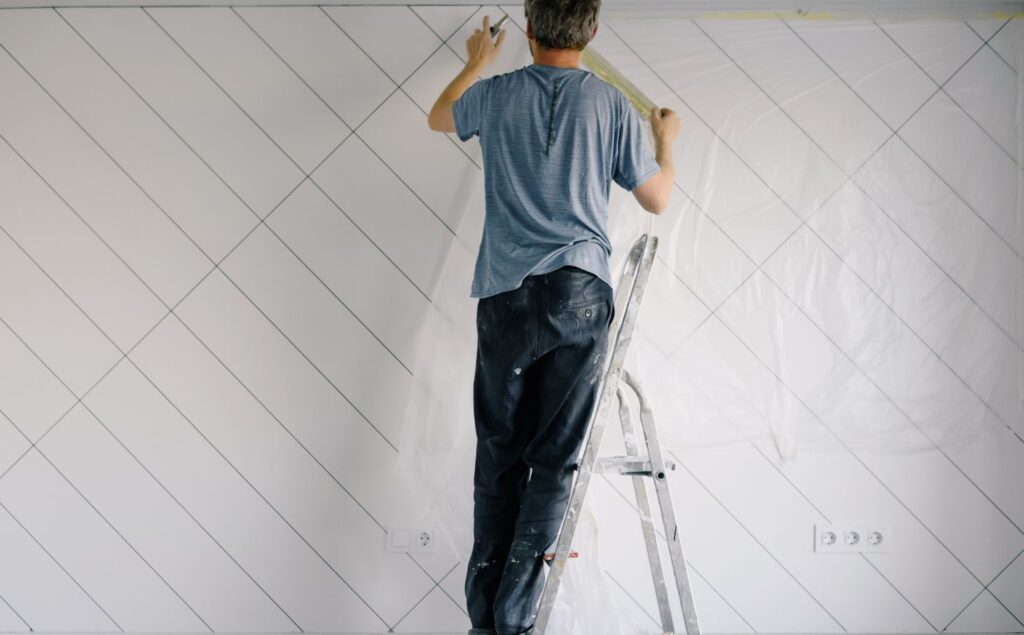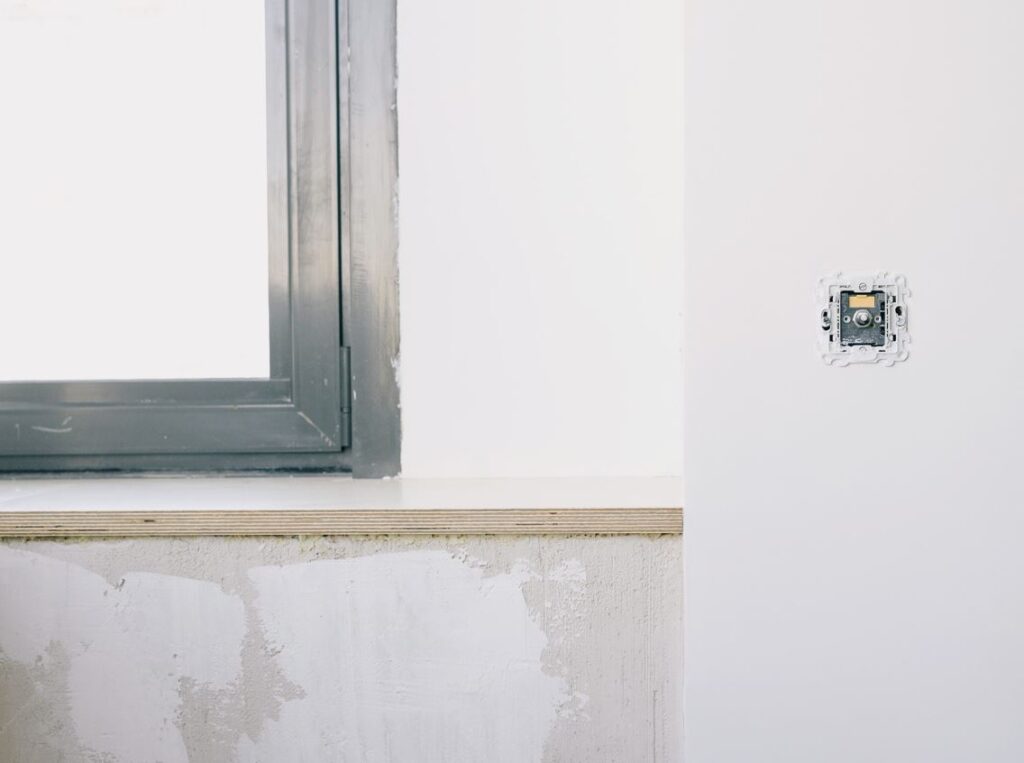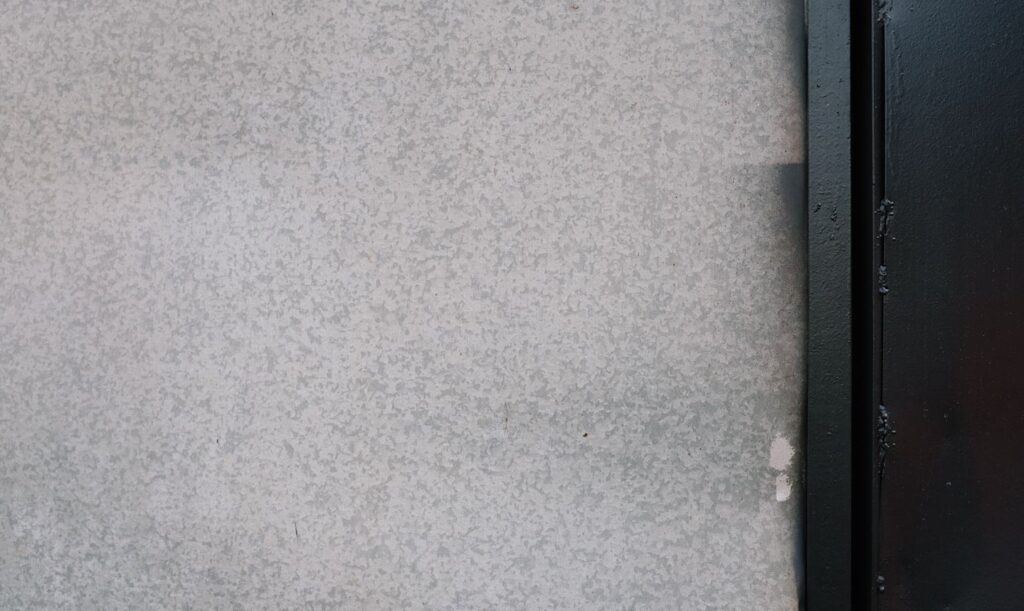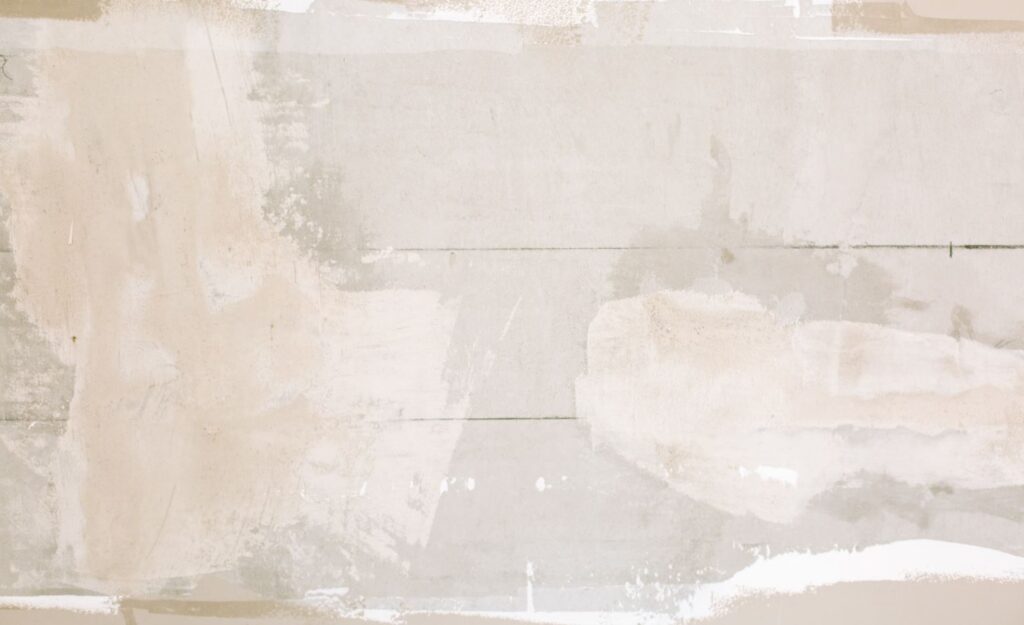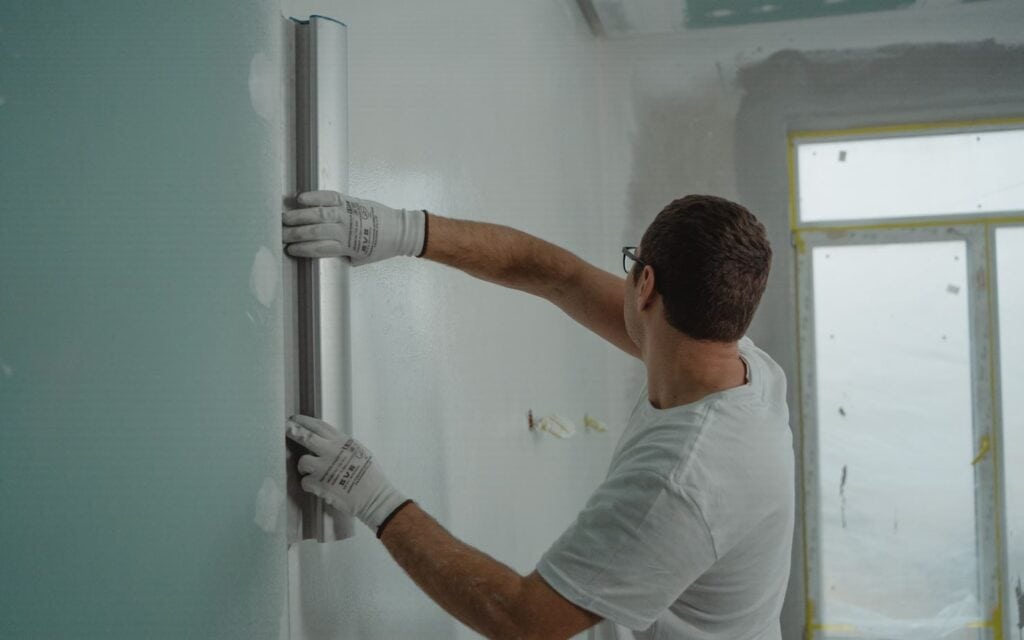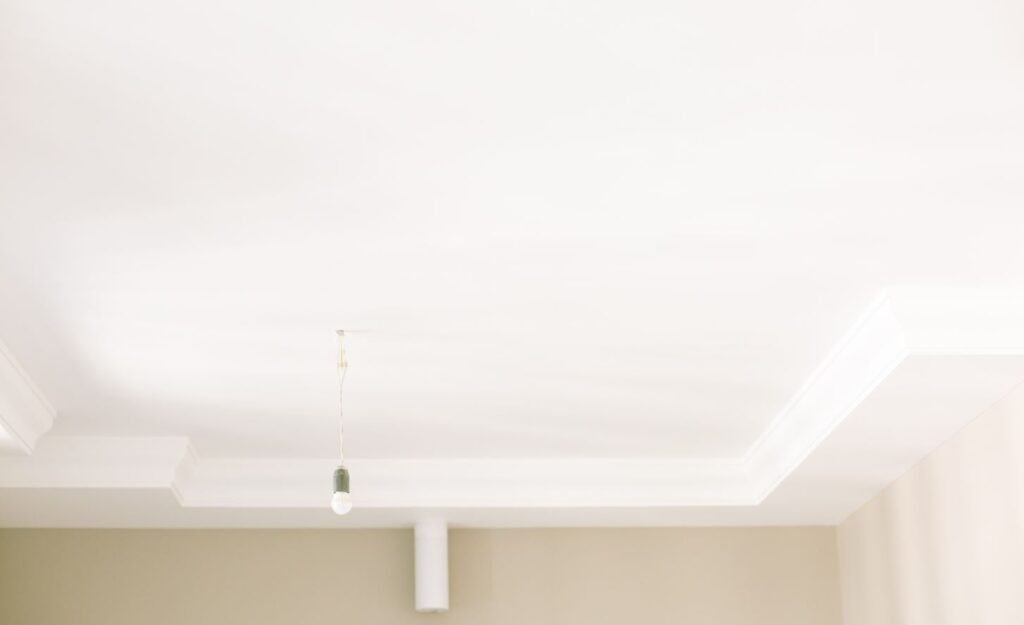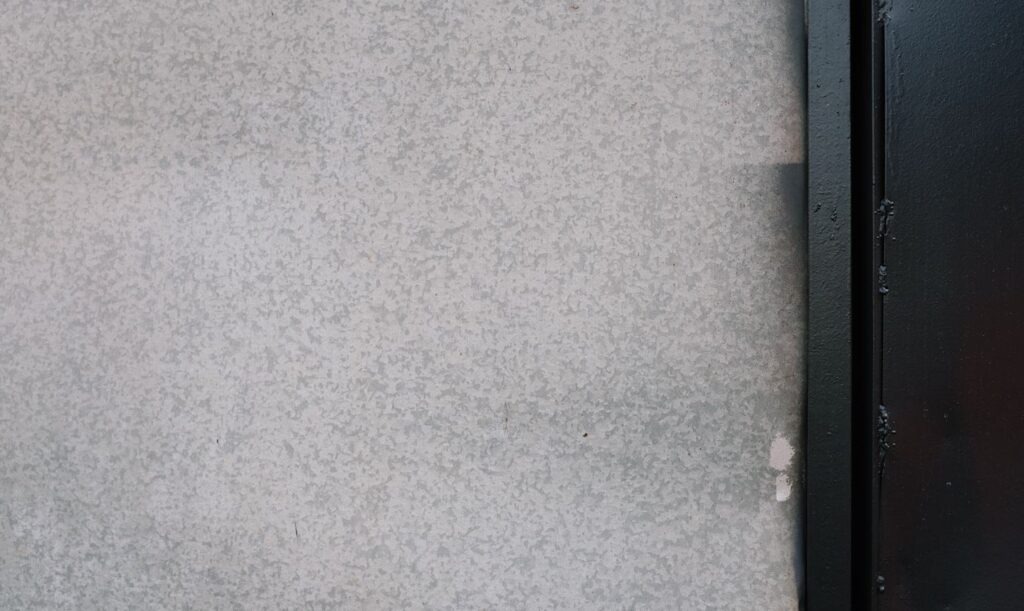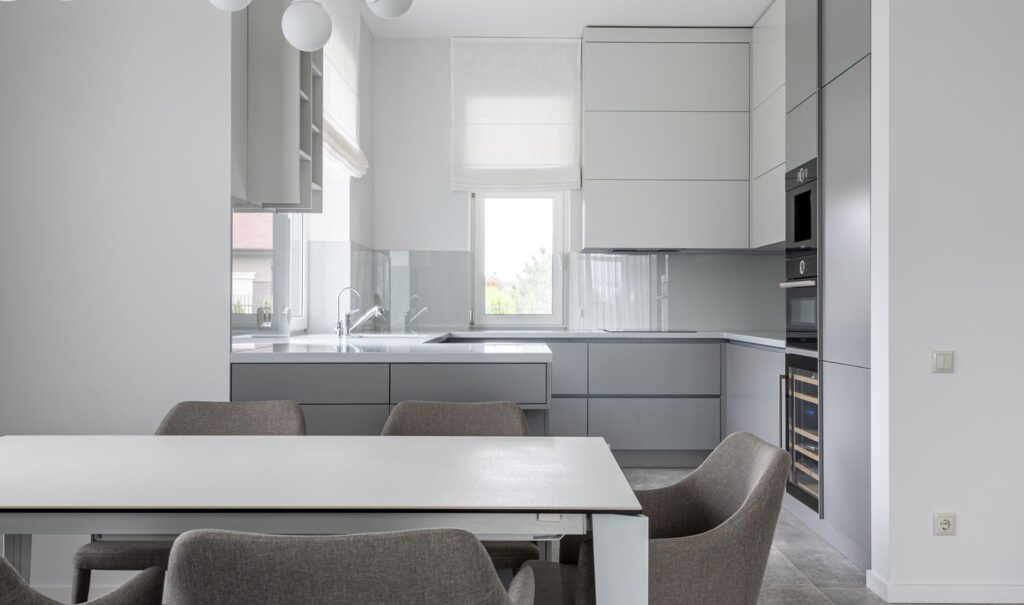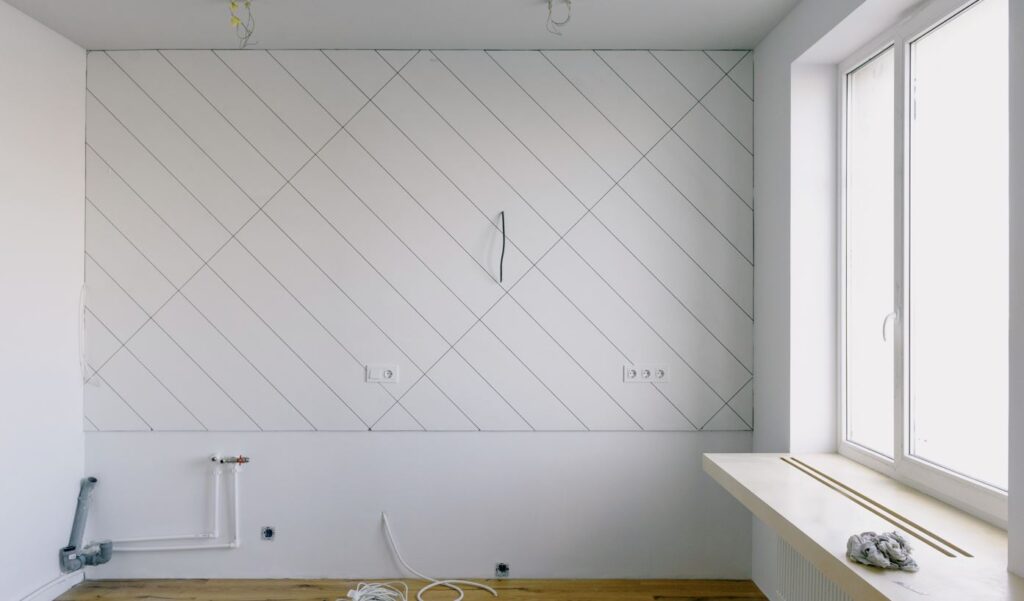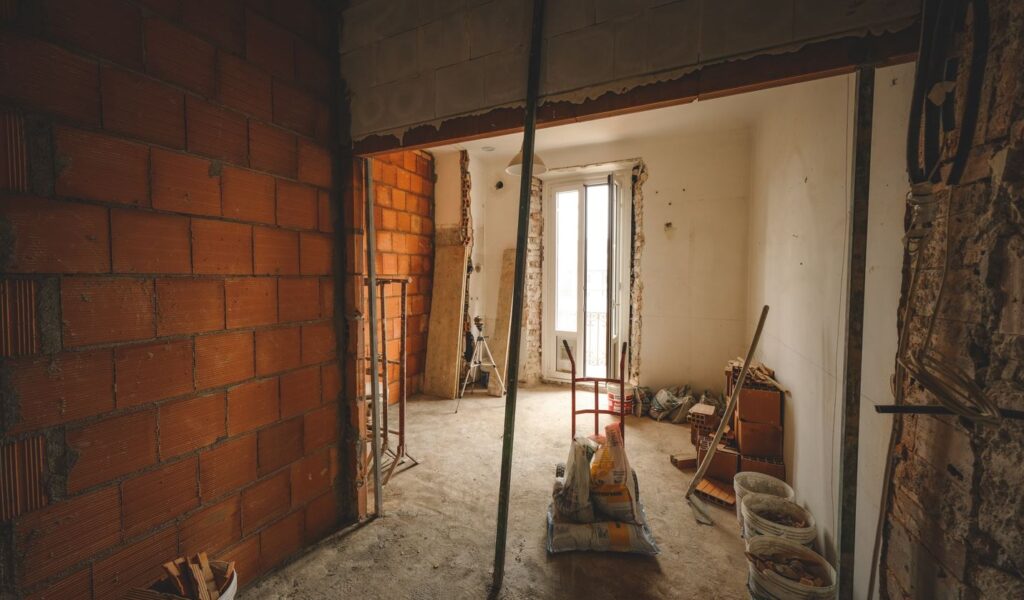In my opinion, Venetian plaster's greatest strength is the stunning appearance of its final coat. Its exquisitely gorgeous finish is the very definition of high-end because of its many tonal richness, natural texture, and light-reflecting qualities.
It is also important to praise the adaptability of Venetian polished plaster. Because Venetian plaster comes in such a wide range of colours and textures, there is truly something for every aesthetic preference, design philosophy, and product line.
With this in mind, let's dive deeper into the topic of Venetian plaster colours, checking out the variety of options among the various polished plasters, and addressing the question, "Can the colour of Venice plaster be altered?"
What is Venetian Plaster?
A decorative wall finish popular in Italy for centuries, Venetian plaster is seeing a renaissance in its global popularity. It's a finish that's put in multiple coats with a trowel, and it's made from a combination of lime, marble dust, and other natural ingredients.
The end effect is a luxuriously polished appearance reminiscent of marble.
Venetian plaster's adaptability to a variety of aesthetic goals makes it a very desirable material. Smooth and shiny to rough and matte, it can be used to make a wide range of surface finishes and designs. The coating can be dyed in a wide spectrum of colours, from subdued to vivid, to accommodate a wide variety of aesthetic preferences.
As an added bonus, Venetian plaster is a very sturdy material that can take a beating from regular use. It can withstand high levels of humidity and is therefore suitable for installation in damp environments like kitchens and baths.
Overall, Venetian plaster is a gorgeous and functional way to enhance the look of any space in your home by introducing new dimensions of depth, texture, and colour.
Adding Colour to Venetian Plaster
There are many benefits to using coloured Venetian plaster on a wall.
Primarily, it enables homeowners and designers to alter the plaster's aesthetic to meet their individual requirements. There is a large variety of colours to choose from, making it simple to create a consistent colour scheme across a home or to add a striking accent wall.
Colored Venetian plaster has the added benefit of masking surface flaws in walls and ceilings. Plaster's depth and texture, in addition to the slight colour variations, can mask blemishes like cracks and dents.
The beauty of the plaster finish can be further enhanced by adding colour. Tinting or tinting Venetian plaster can help bring out its natural colour and texture differences, making for a one-of-a-kind surface.
Colour can also be used to draw attention to interesting details in a room's design, such as crown moulding or a fireplace surround.
The lifespan and durability of a Venetian plaster finish can be further improved by adding colour. The finish will look great for years to come because of the pigments that can be added to the plaster to prevent it from fading or discolouring.
Adding colour to Venetian plaster is a great method to increase its attractiveness, longevity, and adaptability.
How Does Adding Colour to Venetian Plaster Work

Interior walls and ceilings can be given a textured, smooth, or polished look with Venetian plaster, a decorative treatment. Because it is made from all-natural ingredients like marble dust and lime, it can be used in a variety of settings and is good for the environment. Tinting or colouring Venetian plaster enables it to be used for a wide variety of striking decorative purposes. In this piece, we'll look at how to add colour to Venetian plaster for unique and beautiful results.
Pigments, dyes, and coloured glazes are only some of the options for colouring Venetian plaster. Plaster colours are typically blended into the plaster itself. Pigments come in a vast variety of colours and tones, and can be either natural or synthetic. Pigments can either be natural, such as ochre, sienna, and umber, or synthetic, which are created using chemical compounds.
To create the appropriate colour in Venetian plaster, the pigment is added in very minute amounts to the plaster mixture and then completely blended. The pigmentation and saturation of the finished plaster work depend on how much colourant is mixed in. You may achieve a subdued, understated look with only a touch of pigment, or go all out for a dramatic effect with a lot. To ensure that the pigment's colour is distributed evenly throughout the plaster, it must be properly mixed.
Tinted glazes are another option for colouring Venetian plaster. To achieve a coloured or tinted impression, Venetian plaster is coated with a transparent or translucent liquid called a glaze. Thin, uniform coats of tinted glazes can be applied using a brush or roller because they are often water-based.
When applied, the glaze finds its way into the cracks and pores of the Venetian plaster, leaving behind a surface that is both unique and textured.
Venetian plaster can also be coloured with dyes. Dye is a water-soluble chemical that can be added to the plaster mixture or painted on top of the Venetian plaster as a separate layer. Dyes are far more concentrated than pigments or coloured glazes, allowing for the creation of more vibrant and powerful hues. Unique and shimmering effects can be achieved by combining dyes with different colouring agents like metallic powders or micas.
It is always recommended to do a test area before applying the colour to the full surface. Natural and artificial lighting, as well as the surface and plaster mixture beneath it, can all affect how colours look. Make sure you get the desired result by testing the colour in a hidden location before applying it everywhere.
In conclusion, painting Venetian plaster is a fun and innovative way to give any room a one-of-a-kind look and feel. Because of its adaptability and the variety of techniques at its disposal, Venetian plaster may be used to create virtually any artistic impression.
Consistent and even results cannot be achieved without adhering to established procedures and protocols when employing pigments, coloured glazes, or dyes. With the correct tools and methods, Venetian plaster may be transformed into a beautiful and durable feature in any building.
What Colours Can Be Added in Venetian Plaster?
You may give your walls a one-of-a-kind look and feel by applying a coat of Venetian plaster in a variety of colours. Whether you decide to add colour to your Venetian plaster and what kind of finish you'll use are both aesthetic and personal decisions.
Tinted Wax
Tinted wax is often used to impart colour to Venetian plaster. This method is widely used to give walls a soft, organic hue. After the plaster has hardened, tinted wax of various colours can be put to it. A shiny, smooth surface is achieved by buffing the wax. For an authentic, timeworn appearance, this method is second to none.
Pigments
Color can also be added to Venetian plaster by using pigments. Plaster is coloured with pigments before it is plastered to the wall. As a result, you can paint a whole wall the same colour without any noticeable variations. Pigments can be combined to create unique tones, and they come in a wide variety of colours.
Metallic Paint
Metallic paint is an option if you want a bright, eye-catching hue. On Venetian plaster, metallic paint creates a shimmering, reflected surface. This is perfect for producing a chic and sophisticated appearance of the present day.
Natural Pigments
Using natural pigments can help you achieve a muted, natural appearance. Earthy browns, greens, and blues are only some of the colours available in natural pigments, which come from minerals and clays. When combined with water, they can be layered onto plaster for a dimensional, textural finish.
Traditional Venetian plaster colours
If you're going for classic aesthetic, typical Venetian plaster colours are a good choice.
Colours like ochre, sienna, and umber fall into this category of warm earth tones. You may give your walls a touch of Renaissance-era grandeur by painting them one of these colours, which were popular in Venetian palaces and dwellings at the time.
If you want to add colour to your Venetian plaster, it will all come down to personal taste and the overall effect you're going for. Get the perfect tone for your house by trying out various colours and methods.
Expert Tips on How To Add Colors to Venetian Plaster
Colored Venetian plaster is a great way to give a wall a one-of-a-kind look. Yet, in order to get the results you want, you need to pay close attention and have some competence. Learn from the pros how to colour Venetian plaster using these guidelines:
Choose the Right Pigments
Pigments used in Venetian plaster can range from muted to vivid tones. Selecting colours that work well with the plaster mixture and leave a consistent colour behind is crucial. The use of high-quality pigments guarantees a uniform and long-lasting hue.
Test the Pigments
It's important to test the pigments on a tiny section of wall before putting them everywhere. The final colour and its reaction to the plaster mixture are both affected by this process. If the desired colour isn't achieved, try increasing or decreasing the amount of pigment used.
Mix the Pigments with Water
Pigments for Venetian plaster are traditionally thinned out with water to get a paint-like consistency. To prevent clumping and an uneven distribution of colour, it is essential to mix the pigments completely. The pigment should be mixed with water in modest increments until a uniform consistency is reached.
Apply the Pigment Coat
Use a paintbrush or roller to apply the pigment mixture to the wall after it has been prepared. To guarantee uniform coloration along the wall, the coat must be applied uniformly. Put off applying the Venetian plaster until the colour coat is totally dried.
Use Tinted Plaster
Alternatively, you can use coloured plaster to add colour to your Venetian plaster. Plaster that has already been tinted ensures that the wall will be painted the same colour throughout. With this alternative, you won't have to worry about applying a separate pigment layer.
Use a Light Touch
It is crucial to use a light touch while applying Venetian plaster over a coloured basis so as not to affect the colour of the base. Plaster should be applied in thin coats and allowed to dry completely between applications.
Use Multiple Colors
Adding depth and vibrancy to a Venetian plaster finish is as simple as using different colours. When working with more than one colour, it's crucial to create a well-thought-out colour scheme and to apply each hue with care.
Coloured Venetian plaster is a terrific method to personalise the finish and create a one-of-a-kind design. Yet, in order to get the results you want, you need to pay close attention and have some competence. If you follow these guidelines, you should have a great result and a lovely end result.
Let an Expert Add the Colours
If you want to add colour to your Venetian plaster, it's best to use a professional. Colouring Venetian plaster is a delicate and time-consuming technique that calls for a high level of skill and knowledge.
A professional in Venetian plaster will know how to choose a suitable palette and apply the material skilfully to obtain the desired effect.
Paint and finish recommendations tailored to the surface and surrounding conditions can also be provided.
A specialist in Venetian plaster can also guarantee that the colours used are of the highest quality and are combined correctly. They can also give advice on how many colours to use, as too much can cause the plaster to deteriorate and fracture, flake, or peel. If you consult a specialist in Venetian plaster, you can learn how to keep the plaster's colour and finish looking fresh for years to come.
Conclusion
Made from lime, marble dust, and other natural ingredients, Venetian plaster has been a popular wall finish in Italy for centuries. It can be dyed to achieve a wide range of tonalities and can be incorporated into a variety of design schemes.
It is a durable material that can withstand the wear and tear of frequent use and can be set up even in humid settings. Wall and ceiling imperfections can be hidden by using coloured Venetian plaster. Venetian plaster can be made more attractive, durable, and versatile by tinting or tinting it.
It's beneficial to the environment, as it's made entirely of natural materials like marble dust and lime, and it has a wide range of potential applications. Venetian plaster can be coloured with a wide variety of materials, including natural and synthetic pigments, dyes, and glazed paints.
The amount of pigment used in a mixture determines the final plaster's hue and saturation. Plaster's pigment colour should be uniformly distributed by mixing it thoroughly. To add colour to Venetian plaster, you can use either dyes or tinted glazes.
Dye can be mixed into the plaster or painted on top, and tinted glazes can be applied with a brush or roller. It's smart to do a test spot before going all out with a new paint colour. Adding a personal touch to a space is easy and enjoyable when you paint Venetian plaster.
Tinted wax, pigments, metallic paint, natural pigments, and classic Venetian plaster colours are all good options for colouring it. Walls can be given a natural, mellow colour with the help of tinted wax, and more vivid tones can be achieved by mixing different pigments.
You can use metallic paint for a bold, attention-grabbing colour, or you can use natural pigments for a more subdued, organic look. Plaster painted in the classic Venetian colours is a great way to achieve a timeless look.
Adding colour to Venetian plaster requires careful consideration of many factors, including the selection of pigments, the testing of those pigments on a small section of wall, the mixing of the pigments with water, the application of the pigment coat, the use of tinted plaster, a light hand, and the use of multiple colours. It is important to test the pigments on a small section of wall before applying them everywhere to ensure consistent and long-lasting colour. If the desired shade is not achieved, experiment with adjusting the pigment concentration. Last but not least, take time to carefully select your colours and apply them to your design.
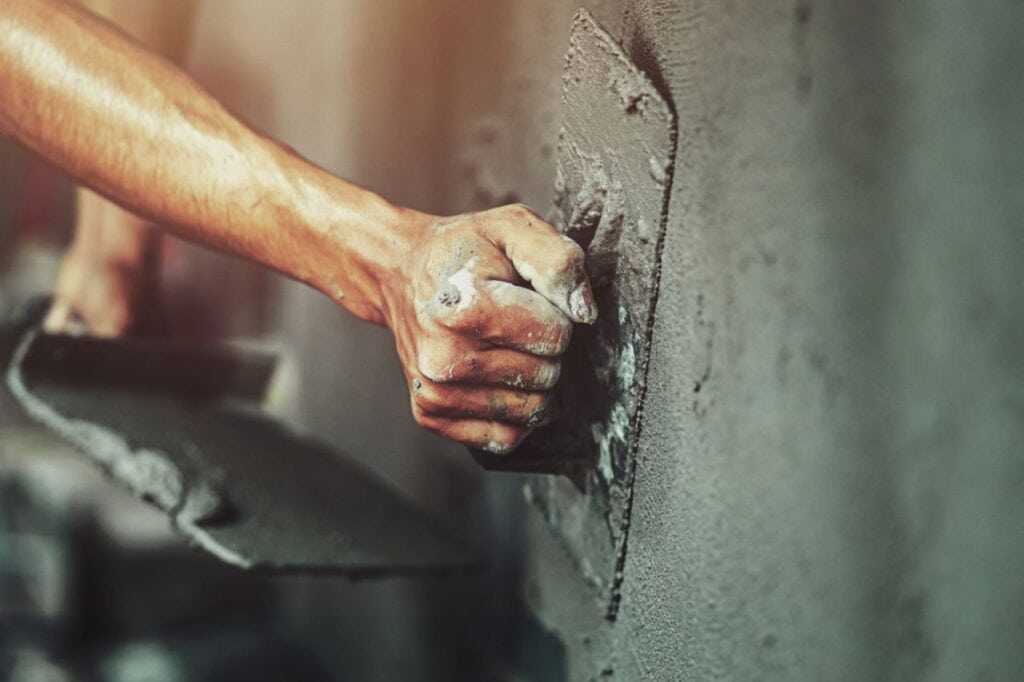
Content Summary
- Venetian plaster's greatest strength is the stunning appearance of its final coat.
- It is also important to praise the adaptability of Venetian polished plaster.
- Because Venetian plaster comes in such a wide range of colours and textures, there is truly something for every aesthetic preference, design philosophy, and product line.
- With this in mind, let's dive deeper into the topic of Venetian plaster colours, checking out the variety of options among the various polished plasters, and addressing the question, "Can the colour of Venice plaster be altered?"
- A decorative wall finish popular in Italy for centuries, Venetian plaster is seeing a renaissance in its global popularity.
- Venetian plaster's adaptability to a variety of aesthetic goals makes it a very desirable material.
- Venetian plaster is a gorgeous and functional way to enhance the look of any space in your home by introducing new dimensions of depth, texture, and colour.
- There are many benefits to using coloured Venetian plaster on a wall.
- There is a large variety of colours to choose from, making it simple to create a consistent colour scheme across a home or to add a striking accent wall.
- The beauty of the plaster finish can be further enhanced by adding colour.
- Tinting or tinting Venetian plaster can help bring out its natural colour and texture differences, making for a one-of-a-kind surface.
- The lifespan and durability of a Venetian plaster finish can be further improved by adding colour.
- Adding colour to Venetian plaster is a great method to increase its attractiveness, longevity, and adaptability.
- Interior walls and ceilings can be given a textured, smooth, or polished look with Venetian plaster, a decorative treatment.
- Tinting or colouring Venetian plaster enables it to be used for a wide variety of striking decorative purposes.
- Pigments, dyes, and coloured glazes are only some of the options for colouring Venetian plaster.
- Plaster colours are typically blended into the plaster itself.
- Tinted glazes are another option for colouring Venetian plaster.
- To achieve a coloured or tinted impression, Venetian plaster is coated with a transparent or translucent liquid called a glaze.
- Thin, uniform coats of tinted glazes can be applied using a brush or roller because they are often water-based.
- Venetian plaster can also be coloured with dyes.
- Dyes are far more concentrated than pigments or coloured glazes, allowing for the creation of more vibrant and powerful hues.
- Painting Venetian plaster is a fun and innovative way to give any room a one-of-a-kind look and feel.
- With the correct tools and methods, Venetian plaster may be transformed into a beautiful and durable feature in any building.
- You may give your walls a one-of-a-kind look and feel by applying a coat of Venetian plaster in a variety of colours.
- Whether you decide to add colour to your Venetian plaster and what kind of finish you'll use are both aesthetic and personal decisions.
- Tinted wax is often used to impart colour to Venetian plaster.
- Color can also be added to Venetian plaster by using pigments.
- Plaster is coloured with pigments before it is plastered to the wall.
- On Venetian plaster, metallic paint creates a shimmering, reflected surface.
- Get the perfect tone for your house by trying out various colours and methods.
- Venetian plaster is a great way to give a wall a one-of-a-kind look.
- Selecting colours that work well with the plaster mixture and leave a consistent colour behind is crucial.
- Pigments for Venetian plaster are traditionally thinned out with water to get a paint-like consistency.
- Use a paint brush or roller to apply the pigment mixture to the wall after it has been prepared.
- Put off applying the Venetian plaster until the colour coat is totally dried.
- Alternatively, you can use coloured plaster to add colour to your Venetian plaster.
Frequently Asked Questions About Plastering
For example a simple plastering repair for just one wall or area of a room is likely to cost considerably less than plastering a whole room. If a room needs to be plasterboarded before skimming this is going to cost far more than purely skimming a wall because there are more materials required and it will also take longer to complete. It is possible to give an estimate by phone if you are able to provide the room dimensions, however to provide a quotation to complete the plastering work we will need to come and take a look at what’s required, check the condition of the area to be plastered and take our own measurements.


